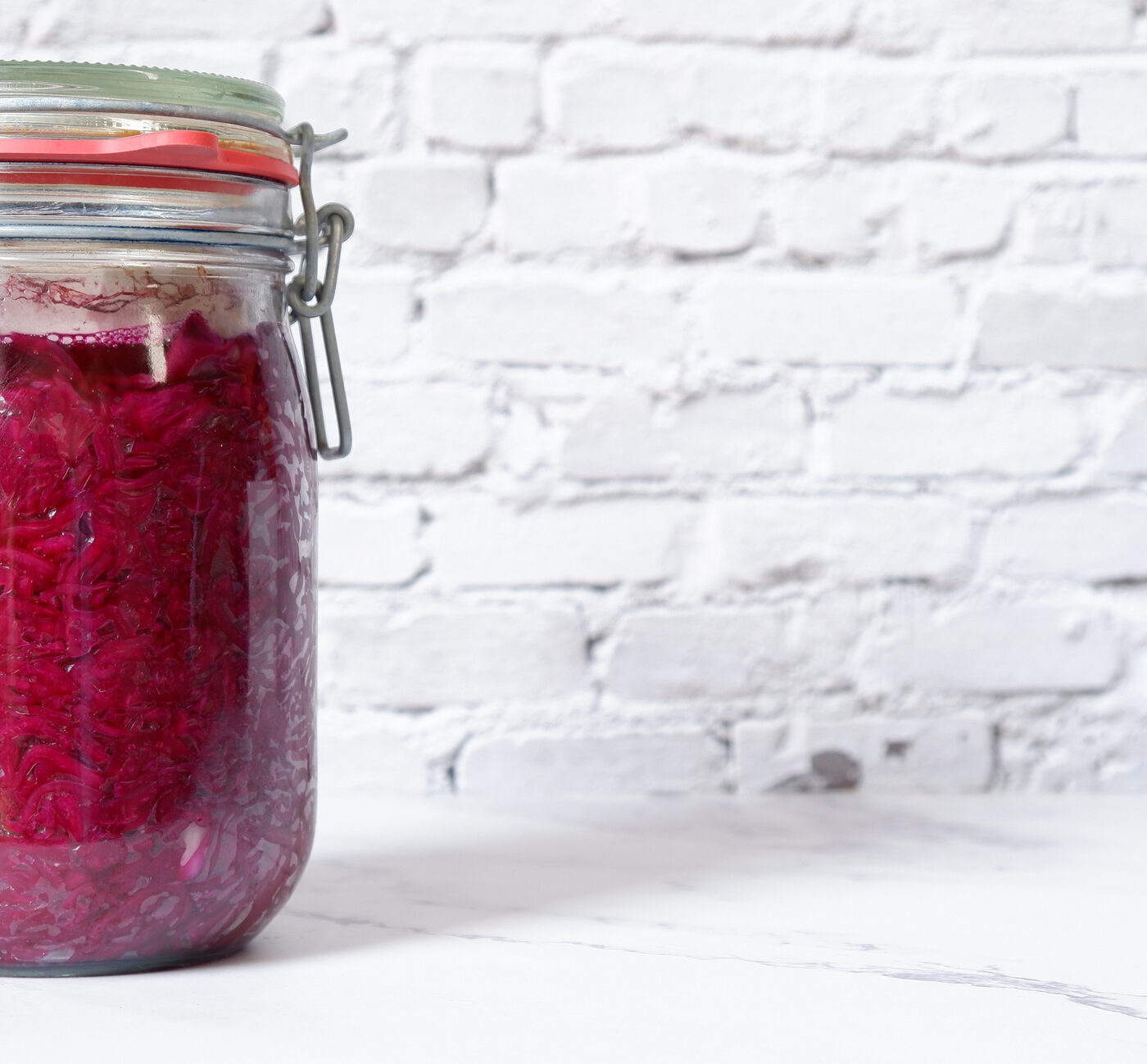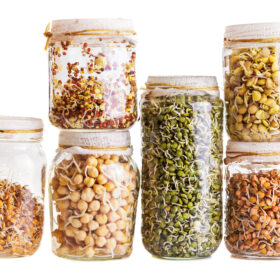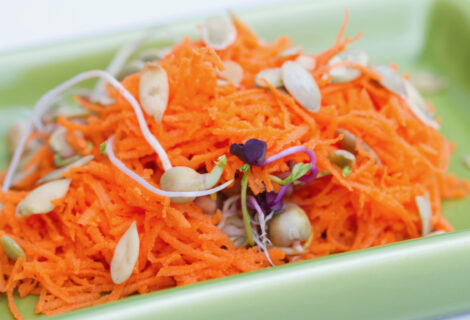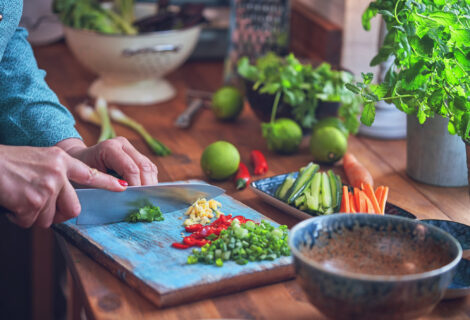Fermented Red Cabbage with Chili
Last week, we harvested what I presume to be the final red cabbage and red chili peppers of the season. I decided to ferment them so we will have yummy and homegrown fermented vegetables for our Christmas dinner. (Update: the snow came after I wrote this post so it for sure will be the last cabbage we harvest from the garden).
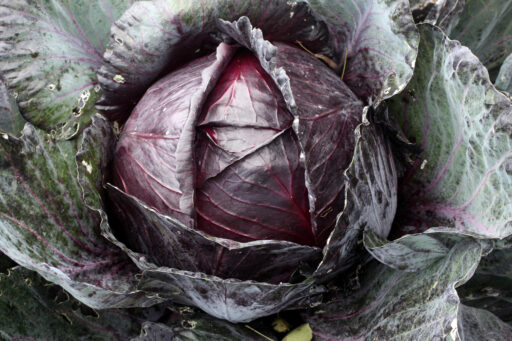
Fermented cabbage contains essential nutrients like fiber, vitamins, and minerals. It also contains probiotic bacteria, which are good for your gut and boost the immune system to fight off all those winter bugs.
For this recipe, you need a glass jar with a rubber ring and a clamp lock. The jar should hold 600 ml and a fermentation weight. Remember to use clean utensils and clean hands when you’re canning, making jams, and fermenting. Also, be sure to sterilize the jar before using. A simple way to do this is to place the jar in a large stock pot and bring it to a boil. Let the jar boil in the water for 10 minutes. Carefully remove with tongs, place on a kitchen towel, and let dry.

Make a brine by mixing 2 ½ cups of boiled water with ¼ tablespoon of sea salt or kosher salt and stir until the salt has dissolved. Choose a high-quality salt without any additives.
You’ll need:
600 g shredded red cabbage
½ tsp unbleached sea salt
½ chili, minced
Groom the cabbage by removing any unsightly leaves.
Use a mandolin or cheese grater, and shred the cabbage into a bowl. Use a grater for the rootstock. Sprinkle salt over the cabbage, and with a clenched fist, stomp the cabbage for a few minutes.
Keep in mind that red cabbage liquefies less than, for example, white cabbage, so this is when the brine is useful.
Transfer the red cabbage to the glass jar. Use a wooden spoon and push the cabbage down into the jar. Layer the chili with the cabbage. Place the fermenting weight on top of the cabbage to keep it fully submerged in the brine.
If you don’t have a weight, a small dish turned upside down that fits in the jar works just as well. The main thing is to make sure the cabbage stays submerged in the liquid. If it has access to air, mold can form. You want as little air in the jar as possible, so fill it up with brine.
Close the lid and place the jar in a dark place at room temperature for 2–5 days, then slightly cooler for two weeks. Since the liquid might leak out during fermentation, place the jar on a plate. The cabbage is now ready and can be stored in the fridge for several weeks. The shelf life is about 3 weeks after you open the jar.
When you open it, it should smell sour and slightly sulfurous (if it’s cabbage you’ve pickled), but there shouldn’t be the slightest hint of white, gray, or green mold. If there is, throw it away and start over.
Enjoy!
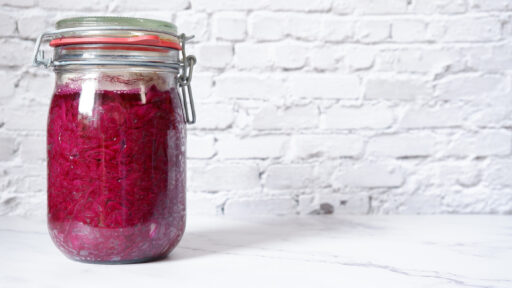
I also make Golden Sauerkrauts and here is the link to my recipe and I also like making yogurt and here is my recipe for that.


